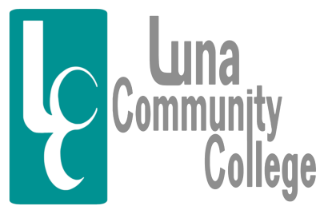News
Santa Rosa students enjoy two-day STEM Camp
Nine eighth and ninth graders from Santa Rosa participated and enjoyed a two-day STEM Camp on July 11-12 that partnered Luna Community College, Santa Rosa Consolidated Schools and the New Mexico Game & Fish.
Students met on the first day and were introduced to the concept of parameters used to measure water quality. Campers were able to conduct water quality testing using aquatic test kits of the water source at Rock Lake Hatchery as well as Park Lake. Day two engaged students in fish anatomy with dissections. Students were provided 8-10 month old trout in which to explore the anatomy of these cold-water fish. Students then summed up their experience in the design of a three panel informational pamphlet. This pilot program was intended to increase the collaboration between Public Education institutions, Higher Education institutions and a government agency.
The goal is sustain and grow this program to reach more students and encourage them to enter STEM pathways and careers.
“It was nice and fun camp,” said Angelica Enciso one of the students. “It was also nice to work outside and meet new people.”
Estela Thompson, one of the instructors at the camp thought it was very beneficial.
“It was outstanding,” said Thompson. “It is optimistic to see STEM taught in the rural communities. I’m excited to see what the students take with them from this camp.”
Camps such as these ones are planned for Luna’s other service areas.
“We want to replicate this in Springer, Mora and Las Vegas next summer,” said Luna STEM Director Francisco Apodaca. “We want our area youth to develop an interest in fishery and develop and create workers in these areas.”
Apodaca said that among the camp’s objectives were:
* Students engaging in the scientific method exploring the natural world in their community.
* Students gaining understanding of parameters and how they are measured to determine water quality.
* Students exploring the anatomy of fish to initiate inquiry in body systems.
